100+ Big Data Interview Questions and Answers 2025
ProjectPro
JUNE 6, 2025
Typically, data processing is done using frameworks such as Hadoop, Spark, MapReduce, Flink , and Pig, to mention a few. How is Hadoop related to Big Data? Explain the difference between Hadoop and RDBMS. RDBMS is a part of system software used to create and manage databases based on the relational model.








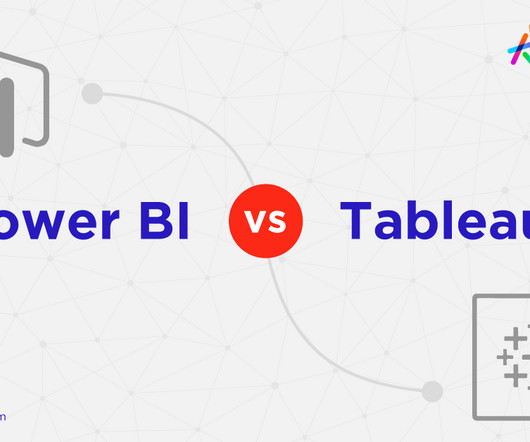
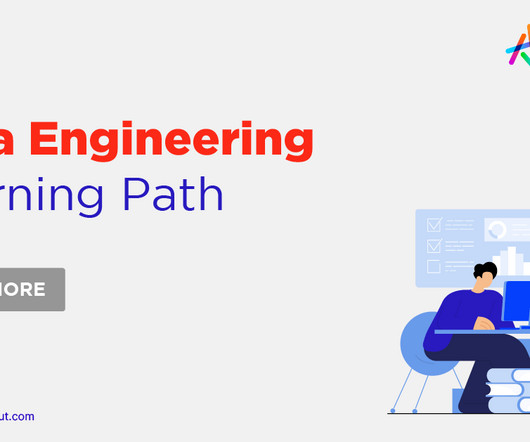
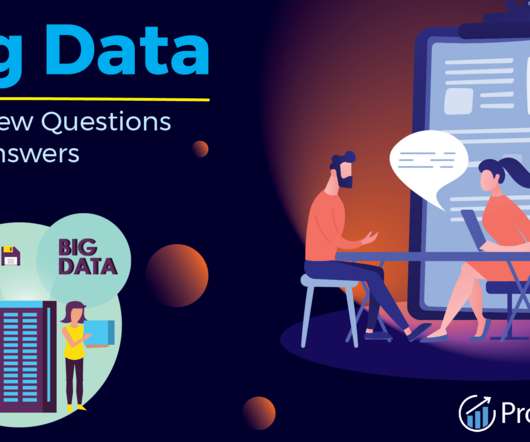


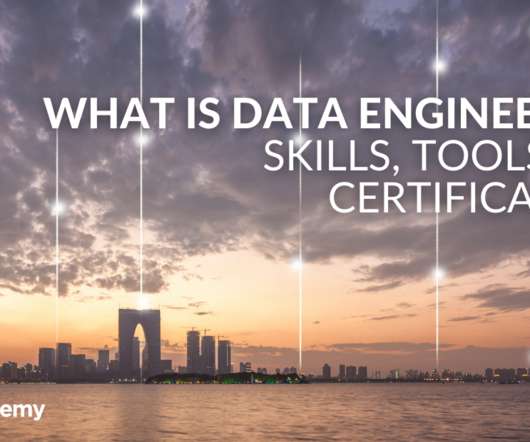

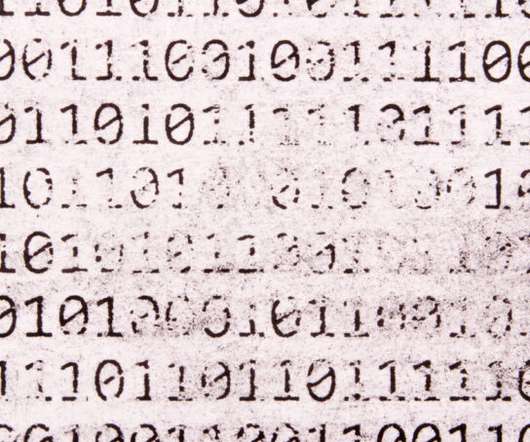
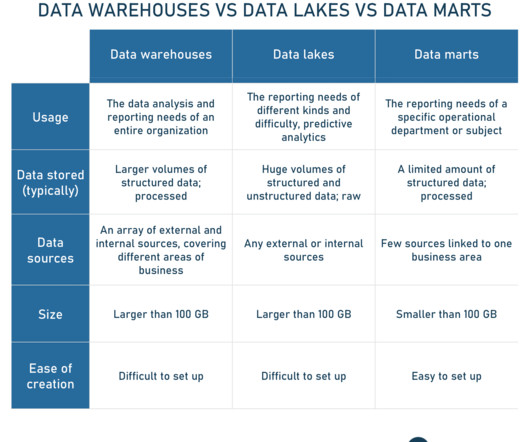

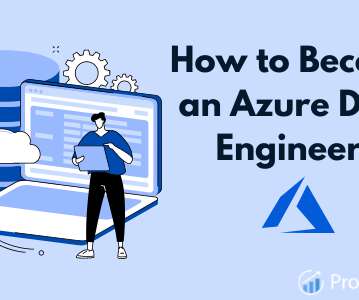









Let's personalize your content